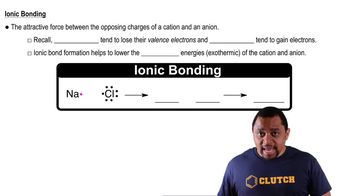Here are the essential concepts you must grasp in order to answer the question correctly.
Stoichiometry
Stoichiometry is the calculation of reactants and products in chemical reactions. It involves using balanced chemical equations to determine the proportions of substances consumed and produced. In this question, stoichiometry is essential to relate the mass of sodium and chlorine to the amount of sodium chloride formed and the heat released during the reaction.
Recommended video:
Thermochemistry
Thermochemistry is the study of the heat energy associated with chemical reactions. It focuses on the changes in enthalpy (heat content) during reactions, which can be exothermic (releasing heat) or endothermic (absorbing heat). Understanding the heat released in the reaction between sodium and chlorine helps in calculating how much reactants are needed to achieve a specific heat release, such as 171 kcal.
Recommended video:
Molar Mass
Molar mass is the mass of one mole of a substance, typically expressed in grams per mole (g/mol). It is crucial for converting between the mass of a substance and the number of moles, which is necessary for stoichiometric calculations. In this problem, knowing the molar masses of sodium and chlorine allows for the determination of how much of each reactant is needed to produce the desired amount of heat.
Recommended video:
 Verified step by step guidance
Verified step by step guidance

